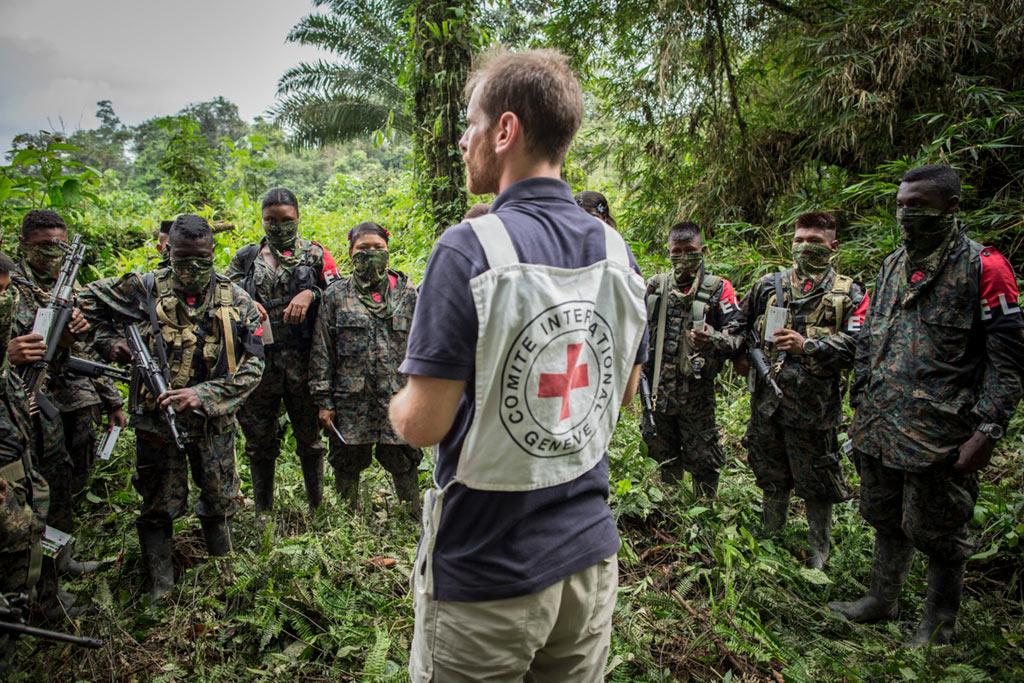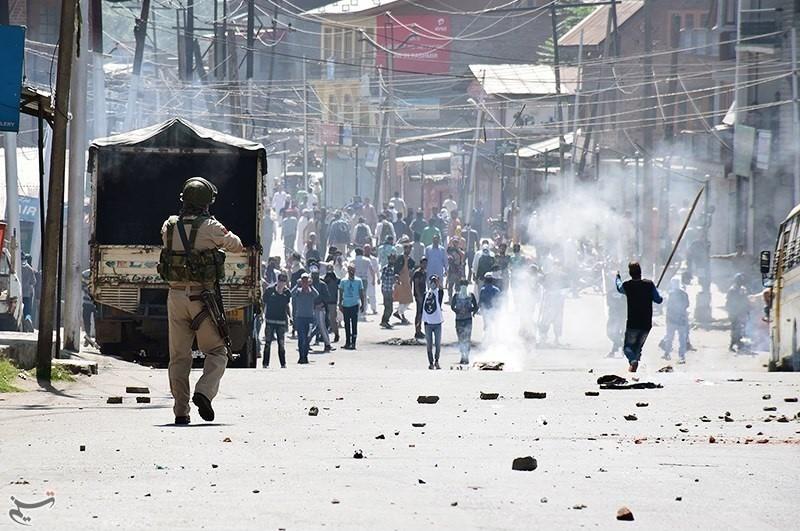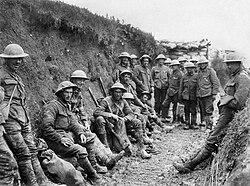The Battle of the Somme stands as one of the most infamous and pivotal clashes of World War I, symbolizing both the brutal realities of trench warfare and the staggering human cost of early 20th-century conflict. Fought between July and November of 1916, this protracted battle revealed the deadly stalemate that characterized the Western Front, where entrenched armies faced off in grueling conditions. In this article, we’ll delve into the intricacies of trench warfare that defined the Somme, examining the tactical challenges and innovations, while also confronting the heavy losses endured by soldiers on all sides. Join us as we explore how this historic battle shaped military strategy and left an indelible mark on the collective memory of war.
Table of Contents
- The Brutal Reality of Trench Warfare on the Somme Front
- Tactical Challenges and Innovations Amidst Devastation
- Analyzing Heavy Casualties and Their Lasting Impact
- Lessons Learned and Strategies for Modern Military Preparedness
- Wrapping Up
The Brutal Reality of Trench Warfare on the Somme Front
Life in the trenches on the Somme front was a relentless test of endurance, marked by mud, cold, and constant peril. Soldiers found themselves confined to narrow, precarious ditches carved into the earth, where the threat of enemy fire was omnipresent. The daily grind involved more than just active combat; it was an unending battle against the elements and unsanitary conditions that bred disease and despair.
The carnage was matched only by the psychological toll on those who fought. Trench warfare brought about:
- Persistent artillery bombardments that shattered the land and nerves alike.
- Rats and lice infestations that contributed to the misery and health decline.
- Waterlogged trenches that made trench foot and infections common.
- Limited mobility forcing soldiers into prolonged stalemates with devastating casualty numbers.
Such harsh realities underscored the brutal nature of the conflict and the immense human cost endured during one of World War I’s most infamous battles.
Tactical Challenges and Innovations Amidst Devastation
Amid the chaos and destruction of the Somme, commanders on both sides faced relentless tactical dilemmas that shaped the course of the battle. Traditional strategies collided with the harsh new realities of trench warfare—muddy, labyrinthine, and lethally static. Artillery barrages, intended to weaken enemy defenses, often failed to achieve the desired breakthrough, instead turning the battlefield into a shattered wasteland. Soldiers contended with deep mud, razor wire, and fortified bunkers, factors that made advancement perilous and slow. The reliance on mass infantry charges, though rooted in outdated doctrine, revealed the deadly effectiveness of modern machine guns and entrenched positions. Commanders had to constantly adapt, resorting to innovative tactics such as creeping barrages and limited objective attacks to coax incremental gains from an otherwise stalemated front.
Innovations born out of desperation became crucial in the face of high casualties and entrenched deadlock. Tanks, introduced midway through the battle, symbolized a nascent shift towards mechanized warfare. Though slow and mechanically unreliable, they offered glimpses of potential breakthroughs beyond trench lines. Additionally, advances in infantry coordination, using combined arms approaches that integrated artillery, infantry, and air reconnaissance, began to refine offensive strategies. Communication technologies saw gradual improvements, allowing better real-time tactical adjustments despite the brutal conditions. Yet, these innovations, while promising, arrived too late to prevent the tremendous loss of life that marked the Somme as a stark lesson in the brutality and futility of early 20th-century warfare.
- Creeping barrage: Coordinated artillery fire moving ahead of attacking infantry.
- Introduction of tanks: Early mechanical armored vehicles aimed to break through trenches.
- Combined arms tactics: Integration of multiple military branches for coordinated assaults.
- Enhanced communication: Use of runners, signal flares, and early wireless technology for battlefield coordination.
Analyzing Heavy Casualties and Their Lasting Impact
The devastating human toll of the Battle of the Somme left scars that extended far beyond the trenches. With over a million men wounded or killed, the sheer scale of loss reshaped the social and military fabric of the time. Families across Europe grappled with grief and the absence of a new generation, while entire communities faced the challenge of rebuilding amidst the shadows of war. This unprecedented level of casualty sparked a profound reevaluation of military strategies, emphasizing the need for innovation in tactics and technology to reduce unnecessary bloodshed on future battlefields.
The lasting repercussions of these heavy losses include:
- Advancements in battlefield medicine and the establishment of more organized evacuation systems.
- Increased political pressure leading to shifts in leadership and war policies.
- A generation marked by trauma, influencing literature, art, and collective memory worldwide.
- Heightened awareness of the psychological toll of trench warfare, paving the way for early studies in combat stress and PTSD.
Lessons Learned and Strategies for Modern Military Preparedness
The Battle of the Somme highlighted the catastrophic consequences of underestimating the lethality of modern industrialized warfare. Commanders learned that traditional frontal assaults against fortified trenches, without adequate artillery preparation or tactical innovation, resulted in devastating casualties with limited territorial gains. Today’s military strategists emphasize the necessity of integrating real-time intelligence and flexible command structures to avoid repeating such costly mistakes. This battle underscored the importance of combined arms operations—coordinating infantry, artillery, armor, and airpower—to break static defenses and maintain operational momentum on the modern battlefield.
Modern military preparedness now incorporates several key strategies derived from the hard lessons of the Somme:
- Advanced reconnaissance and communication: Ensuring commanders receive continuous, accurate battlefield information to adapt plans swiftly.
- Innovative tactical doctrines: Employing maneuver warfare and decentralization to exploit enemy weaknesses rather than relying on attrition.
- Force protection and casualty mitigation: Developing protective gear, medical evacuation protocols, and training to preserve combat effectiveness.
- Technological integration: Leveraging drones, precision-guided munitions, and cyber capabilities to enhance situational awareness and effect.
These approaches collectively seek to reduce unnecessary loss while preserving strategic flexibility, reflecting a profound evolution from the trench-bound slaughter that defined the Somme.
Wrapping Up
As we reflect on the Battle of the Somme, it becomes clear that this brutal confrontation epitomized the horrors and challenges of trench warfare. The staggering human cost underscores the devastating impact of industrialized combat, where strategy and technology collided with profound tragedy. Understanding the Somme’s lessons not only honors those who endured its hardships but also enriches our comprehension of World War I’s broader history. By exploring the complexities of this battle, we gain valuable insight into the resilience of soldiers and the enduring consequences of war’s relentless toll.












